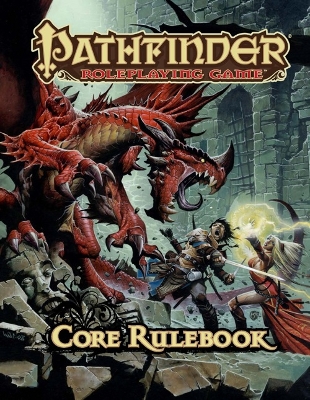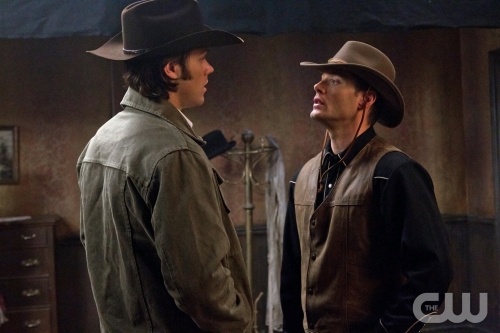E. E. Knight Reviews The Stepsister Scheme
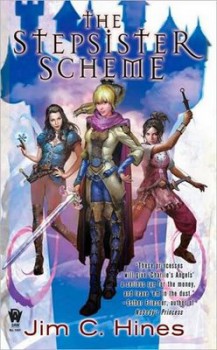 The Stepsister Scheme
The Stepsister Scheme
Jim C. Hines
Daw (344 pp, $7.99, January 2009)
Reviewed by E.E. Knight
Jim C. Hines has penned a worthy follow-up to his Jig the Goblin books, a delightfully funny series that established Hines as the go-to guy for humorous fantasy between Pratchett publication dates.
Jig was short on size and muscle but long on moxie and chutzpah. Hines has glammed up his protagonists for this new series, taking on one of the most popular public domain franchises (thanks to Walt Disney): Fairy Tale Princesses, cleverly mashing them up with a Charlie’s Angels-style setup.
Sleeping Beauty (“Talia”) is more or less the leader, Snow White (“Snow”), the series sexpot and owner of some handy mirror-magic, and Cinderella (“Danielle”) is the bride with the kidnapped Prince and husband who needs rescuing. During her quest Danielle discovers her own power (no fear, it is delightfully Disneyesque) as she risks all to return her bridegroom Prince Armand to her bedchamber and his position as future heir to the Kingdom of Lorindar, currently under Queen Beatrice. Queen “Bea” is the royal voice dispatching the gals on their assignments, sometimes contracted through Snow’s magic mirror.
The Stepsister Scheme is a blend of Maguire’s Oz updates, Shrek’s madcap fairy tales, and gal detective stories.
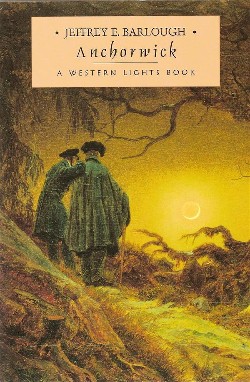 Anchorwick
Anchorwick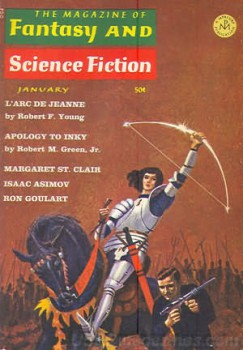
 May Earth Rise
May Earth Rise
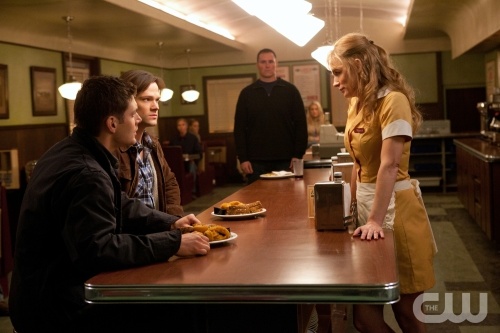
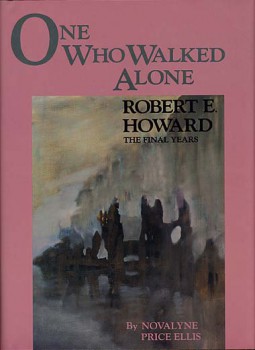 It couldn’t have been easy for Novalyne Price Ellis to write One Who Walked Alone: Robert E. Howard the Final Years (Donald M. Grant Publisher, Inc., 1986). Price Ellis’ memoir of her relationship with Howard (roughly 1934-36) is illuminating in its raw honesty. It’s also painful, at turns disappointing and downright frustrating. We might find escape in Howard’s sword and sorcery tales but there is none to be found here.
It couldn’t have been easy for Novalyne Price Ellis to write One Who Walked Alone: Robert E. Howard the Final Years (Donald M. Grant Publisher, Inc., 1986). Price Ellis’ memoir of her relationship with Howard (roughly 1934-36) is illuminating in its raw honesty. It’s also painful, at turns disappointing and downright frustrating. We might find escape in Howard’s sword and sorcery tales but there is none to be found here.